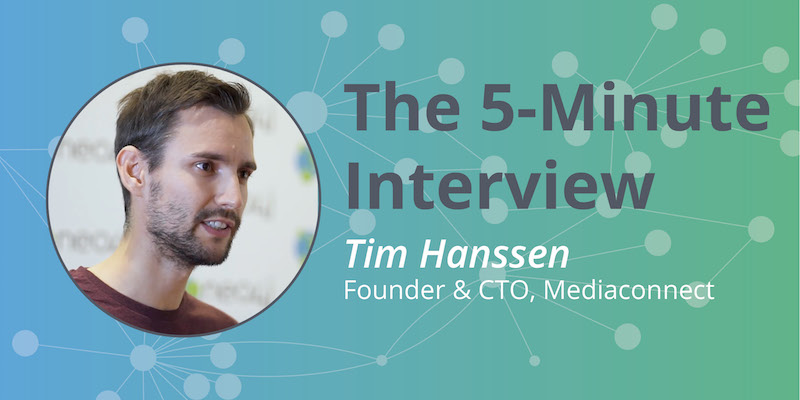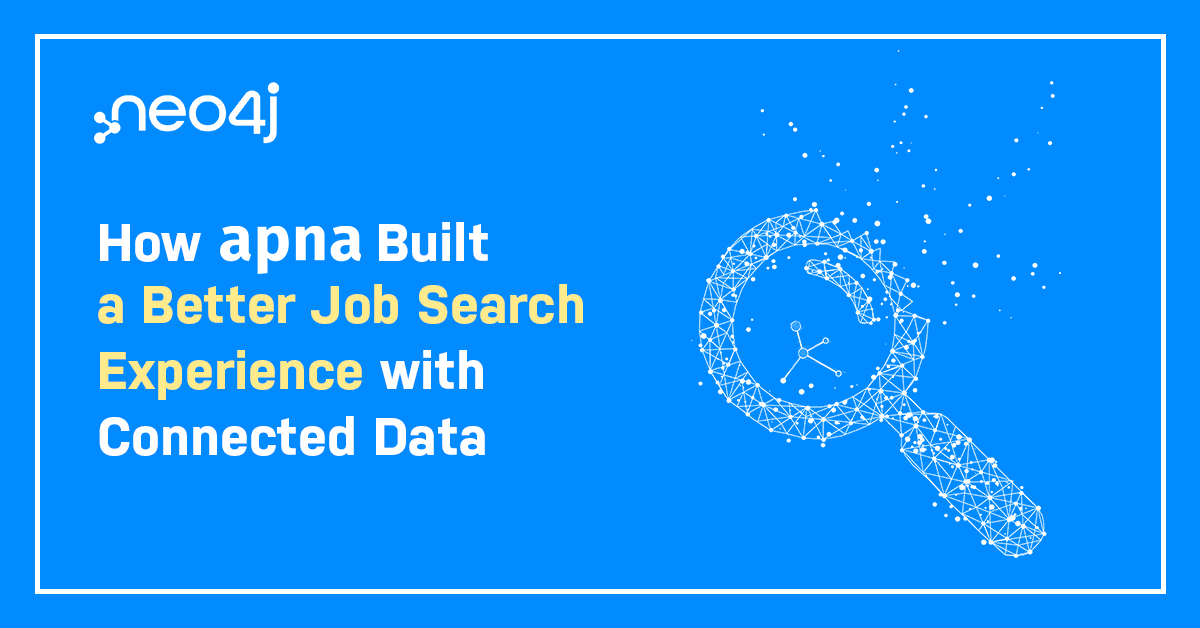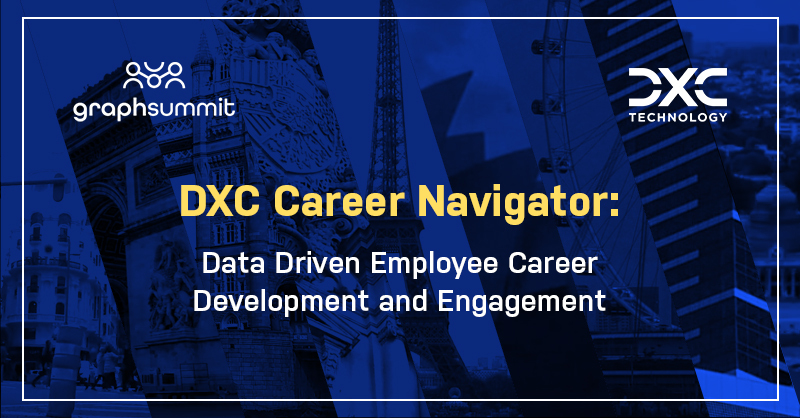Blazing Fast Recommendations: 5-Minute Interview with Tim Hanssen

Editor-in-Chief, Neo4j
3 min read

“We tried recommendations at first with classic relational databases. It worked, but it was really slow,” said Tim Hanssen, CTO and Founder of Mediaconnect.
It’s 11 a.m. The festival tickets are on sale now. About 500,000 people rush the site. There are 200,000 tickets. How do you decide who gets those tickets?
Mediaconnect tackles this type of real-time data problem using Neo4j. They built out a graph of customers using Neo4j. They know who the fans are. They know who the scalpers are. And now they use Neo4j to drive real-time recommendations as well (as in, ‘Would you like a campsite to go along with those tickets?’).
In this week’s five-minute interview (conducted at GraphConnect 2018 in NYC), we discuss why Mediaconnect, whose site is Prepr.io, now runs everything on Neo4j.
How do you use Neo4j?
Tim Hanssen: We use Neo4j in our backend technology, which is used by big media and event companies. Neo4j is used to serve recommendations, business analytics, and all different kinds of content.
What made you choose Neo4j?
Hanssen: We tried this at first with classic relational databases. It worked, but it was really slow.
We had to pre-calculate our recommendations, and we wanted to move to a real-time environment, and that’s when we tried different databases. We started using Neo4j, and now after three years, we’ve migrated everything to Neo4j.
What have been the most surprising results you have seen from Neo4j?
Hanssen: Beside that it’s blazingly fast?
I think one of the most important things is that you can see all those connections, those interactions, and the nodes. For our people using Neo4j to build business intelligence, they can find new ways of seeing the data.
For instance, we are doing 1.5 million ticket sales a year for events like festivals, and now you can see things like people are buying tickets on a Saturday and on a Sunday, but they don’t buy tickets on for a camping site, or they buy a camping site but no locker.
Now you can run those sort of algorithms in real-time, and suggest them to the user, or even do personalized advertising using that data.
If you could go back to when you started using graphs, what would you change?
Hanssen: I think we would split up data even more than we already do. At the beginning we were still making pretty large objects, and all of the things we build now are much, much smaller.
Breaking up things, and putting more data into naming and relationships, and not being afraid of making more nodes and more relationships will help you create a better graph.
What do you think is in store for the future of graph technology?
Hanssen: People are still a little bit scared of using graph databases because everybody knows relational databases, and graphs are something new. But once you see how much faster it is, I think more and more people will be doing real-time recommendations using graph technology.
Want to share about your Neo4j project in a future 5-Minute Interview? Drop us a line at content@neo4j.com
Download this white paper, The Top 5 Use Cases of Graph Databases, and discover how to tap into the power of graphs for the connected enterprise.









